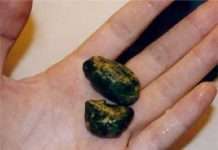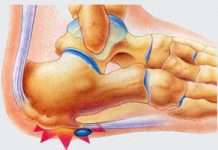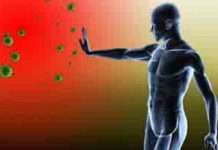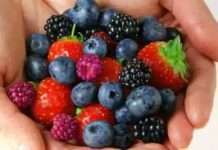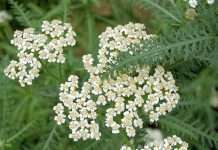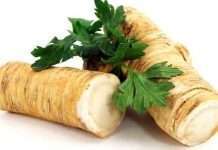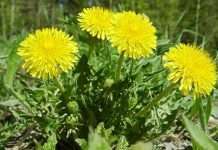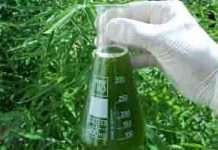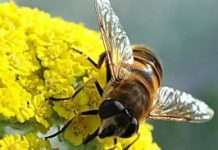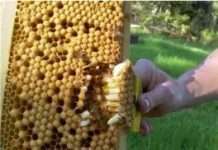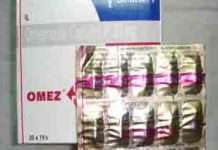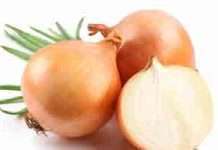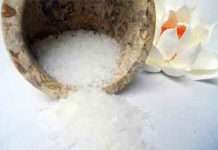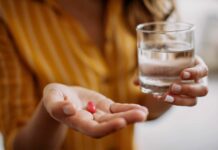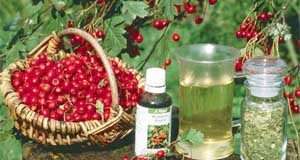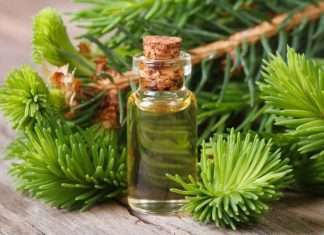Broccoli is often praised for its nutrient profile, boasting a good dose of vitamin C, vitamin K, and folate, along with beneficial sulfur compounds that may aid detoxification. While a cup of broccoli provides approximately 77.5 micrograms – roughly 64% of the Daily Value (DV) – several other foods offer even more of this vital vitamin, essential for blood clotting, bone strength, and heart health. Here’s a look at six foods that surpass broccoli in vitamin K content.
Why Vitamin K Matters
Vitamin K isn’t just about stopping bleeding. It plays a critical role in maintaining healthy bones and supporting cardiovascular function. Understanding where to find it beyond broccoli can help you ensure you’re meeting your daily needs.
6 Foods Richer in Vitamin K Than Broccoli
1. Swiss Chard: The Vitamin K Powerhouse
- Vitamin K content: A staggering 598 micrograms (498% of the DV) in a serving of just two cups (72 grams) of raw Swiss chard.
- Health benefits: Swiss chard is an excellent source of vitamins A and C, providing about 24% of the DV for both in a serving. These vitamins bolster your immune system, with Vitamin A also supporting eye, heart, and lung health. Vitamin C aids iron absorption and collagen production. Plus, it delivers 14% of the DV for magnesium, crucial for brain, bone, muscle, heart health, and blood sugar regulation.
- How to use it: Swiss chard is incredibly versatile – use its leaves to wrap meals, incorporate it into omelets, soups, and stews, or even make nutritious chips.
2. Collard Greens: A Nutritional Treasure
- Vitamin K content: Two cups (72 grams) of raw collard greens pack 314 micrograms (261% of the DV).
- Health benefits: A serving is rich in antioxidants: offering 20% of the DV for vitamin A, 28% for vitamin C, and 11% for vitamin E. It’s also high in fiber (around 10% of the daily recommendation) and folate (23% of the DV), vital for DNA repair, red blood cell production, and brain development, particularly during pregnancy.
- How to use it: Steaming or cooking reduces bitterness. Add them to soups, stews, and stir-fries or use them as a substitute for vine leaves in Mediterranean dishes like dolma.
3. Beet Greens: Don’t Toss the Tops!
- Vitamin K content: A serving of two cups (76 grams) of raw beet greens contains 304 micrograms (253% of the DV).
- Health benefits: Beet greens support the body’s antioxidant defenses; a study found that beet greens and stalk juice may help counteract oxidative stress. They also provide over 26% of the DV for vitamin A, 24% for vitamin C, and a surprising 10% of the DV for iron, essential for carrying oxygen throughout the body.
- How to use it: Sautéed or boiled beet greens pair well with nuts, beans, grains, and cheeses.
4. Spinach: A Versatile Leafy Green
- Vitamin K content: Two cups (60 grams) of raw spinach provides 290 micrograms (241% of the DV).
- Health benefits: Spinach is a source of nitrates, which can support healthy blood pressure. It’s also rich in vitamins A, E, folate, and magnesium.
- How to use it: Simmer spinach with chickpeas and aromatic spices like curry, and serve with naan or rice.
5. Mustard Greens: A Pungent Powerhouse
- Vitamin K content: Two cups (112 grams) of raw mustard greens provide 288 micrograms (240% of the DV).
- Health benefits: Like broccoli, mustard greens contain sulfur compounds that may support the body’s natural detoxification processes and potentially fight damaged cells. They are also rich in fiber (over 12% of the daily recommended amount), vitamin C (86% of the DV), vitamin E (16% of the DV), and iron (10% of the DV).
- How to use it: Add mustard greens to salads, or cook them with olive oil and spices, balancing the slight bitterness with vinegar or lemon juice.
6. Natto: The Fermented Soybean Surprise
- Vitamin K content: Just one ounce (28 grams) of natto offers 283 micrograms (235% of the DV).
- Health benefits: Natto contains a type of vitamin K that stays in the bloodstream longer, potentially making it more effective for supporting bone health. It also boasts nattokinase, an enzyme linked to improved blood flow, blood pressure, and blood lipid levels. It’s also a good source of protein, fiber, iron, potassium, magnesium, and zinc.
- How to use it: Serve natto with rice, salads, soups, or noodles.
While broccoli remains a valuable source of vitamin K, incorporating these six foods into your diet offers a wider range of nutrients and even more of this vital vitamin, contributing to overall health and well-being.
Sources:
- U.S. Department of Agriculture: FoodData Central. Broccoli, raw.
- Connolly EL, Sim M, Travica N, et al. Glucosinolates from cruciferous vegetables and their potential role in chronic disease: investigating the preclinical and clinical evidence. Front Pharmacol. 2021;12:767975.
- Food and Drug Administration. Daily Value on the Nutrition and Supplement Facts Labels.
- NIH Office of Dietary Supplements. Vitamin K, Fact Sheet for Health Professionals.
- U.S. Department of Agriculture: FoodData Central. Chard, swiss, raw.
- NIH Office of Dietary Supplements. Vitamin A and Carotenoids القوه, Fact Sheet for Health Professionals.
- NIH Office of Dietary Supplements. Vitamin C, Fact Sheet for Health Professionals.
- NIH Office of Dietary Supplements. Magnesium, Fact Sheet for Health Professionals.
- U.S. Department of Agriculture: FoodData Central. Collards, raw.
- NIH Office of Dietary Supplements. Vitamin E, Fact Sheet for Health Professionals.
- NIH Office of Dietary Supplements. Folate, Fact Sheet for Health Professionals.
- U.S. Department of Agriculture: FoodData Central. Beet greens, raw.
- De Oliveira AC, Gomes APO, Rodrigues LC, et al. Organic beet leaves and stalk juice attenuates the glutathione peroxidase increase induced by high-fat meal in dyslipidemic patients: a pilot double-blind, randomized, controlled trial. Applied Sciences. 2022;12(4):1973.
- NIH Office of Dietary Supplements. Iron, Fact Sheet for Health Professionals.
- U.S. Department of Agriculture: FoodData Central. Spinach, raw.
- Jovanovski E, Bosco L, Khan K, et al. Effect of spinach, a high dietary nitrate source, on arterial stiffness and related hemodynamic measures: a randomized, controlled trial in healthy adults. Clin Nutr Res. 2015;4(3):160.
- U.S. Department of Agriculture: FoodData Central. Mustard greens, raw.
- Baldelli S, Lombardo M, D’Amato A, Karav S, Tripodi G, Aiello G. Glucosinolates in human health: metabolic pathways, bioavailability, and potential in chronic disease prevention. Foods. 2025;14(6):912.
- Kojima A, Ikehara S, Kamiya K, et al. Natto intake is inversely associated with osteoporotic fracture risk in postmenopausal japanese women. J Nutr. 2020;150(3):599-605.
- Jensen GS, Lenninger M, Ero MP, Benson KF. Consumption of nattokinase is associated with reduced blood pressure and von Willebrand factor, a cardiovascular risk marker: results from a randomized, double-blind, placebo-controlled, multicenter North American clinical trial. Integr Blood Press Control. 2016;9:95-104.
- Wei C, Cai R, Song Y, Liu X, Xu HL. Research progress of nattokinase in reducing blood lipid. Nutrients. 2025;17(11):1784.
- U.S. Department of Agriculture: FoodData Central. Natto.
end_of_turn>













